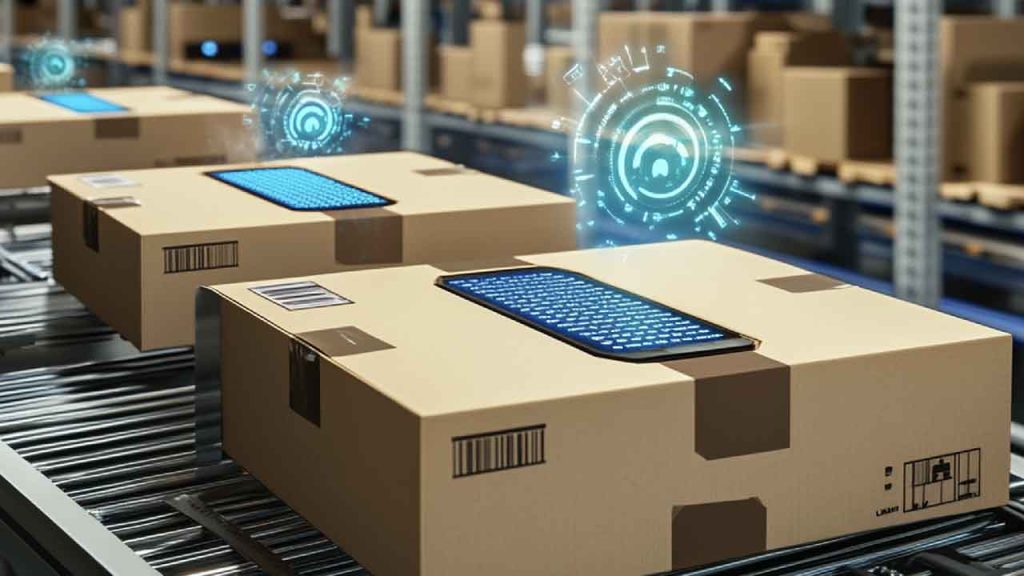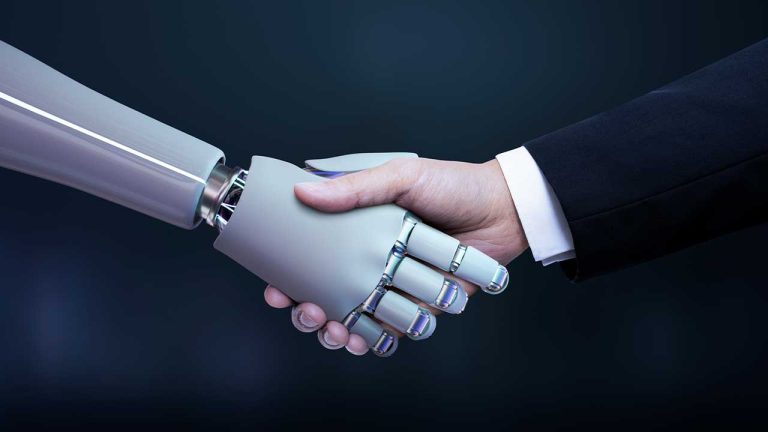Building Agile, Sustainable CPG Operations in a Constrained World | SPONSORED
In the highly competitive consumer packaged goods (CPG) sector, manufacturers are under increasing pressure to meet shifting consumer demands, accelerate product innovation, and achieve sustainability targets—all within limited physical and energy infrastructure. According to Neil Smith of Schneider Electric, the convergence of regulatory compliance, mass personalization, and demand variability is reshaping how CPG leaders think about operational strategy.
The Complexity Conundrum
CPG includes diverse subsectors like food & beverage and life sciences, both of which are facing growing complexity. From baby formula to personalized pharmaceuticals, producers must now manage smaller batch sizes and more product variants within legacy infrastructure. Urban constraints, such as limited factory space and energy grid capacity, are adding to the challenge.
Tech That Enables More with Less
To meet these demands, manufacturers are adopting smarter, more modular production systems:
- Smaller, flexible machines that adjust autonomously for different formats
- Motor carriers that enable multiple product types on the same line
- Adaptive batch systems that optimize recipe variability without adding new equipment
A prime example is a next-gen oat milk line that uses inline analyzers and acoustic sensors to adapt recipes on the fly, ensuring the desired fat or protein content with minimal waste.
Operational Efficiency Reimagined
Forget traditional measures of efficiency. Neil Smith urges a capital-focused view: “How are you maximizing throughput and yield relative to your investment?” This includes:
- Real-time monitoring and correction to avoid defects before they become waste
- Modular lines that run 24/7 with minimal human intervention
- Data-driven insights to track yield, energy use, and compliance by SKU
Sustainability as a Competitive Lever
Factories today can’t always draw more power. Instead, they’re optimizing existing resources, aligning with net-zero goals, and building resilience. Waste reduction, yield maximization, and predictive maintenance are no longer just cost-saving tactics; they are strategic enablers for growth.
The Risk of Inaction
In an industry where speed and agility win, standing still is not an option. Companies that fail to modernize risk falling behind more nimble competitors. As Smith notes, “If you want to be in business in 2031, maybe you need to be seriously looking at how AI helps you.”
By IIoT World Editorial Team | Based on insights from Neil Smith, Segment President, Consumer Packaged Goods, Schneider Electric, during Hannover Messe 2025.
Sponsored by Schneider Electric
Related articles:



